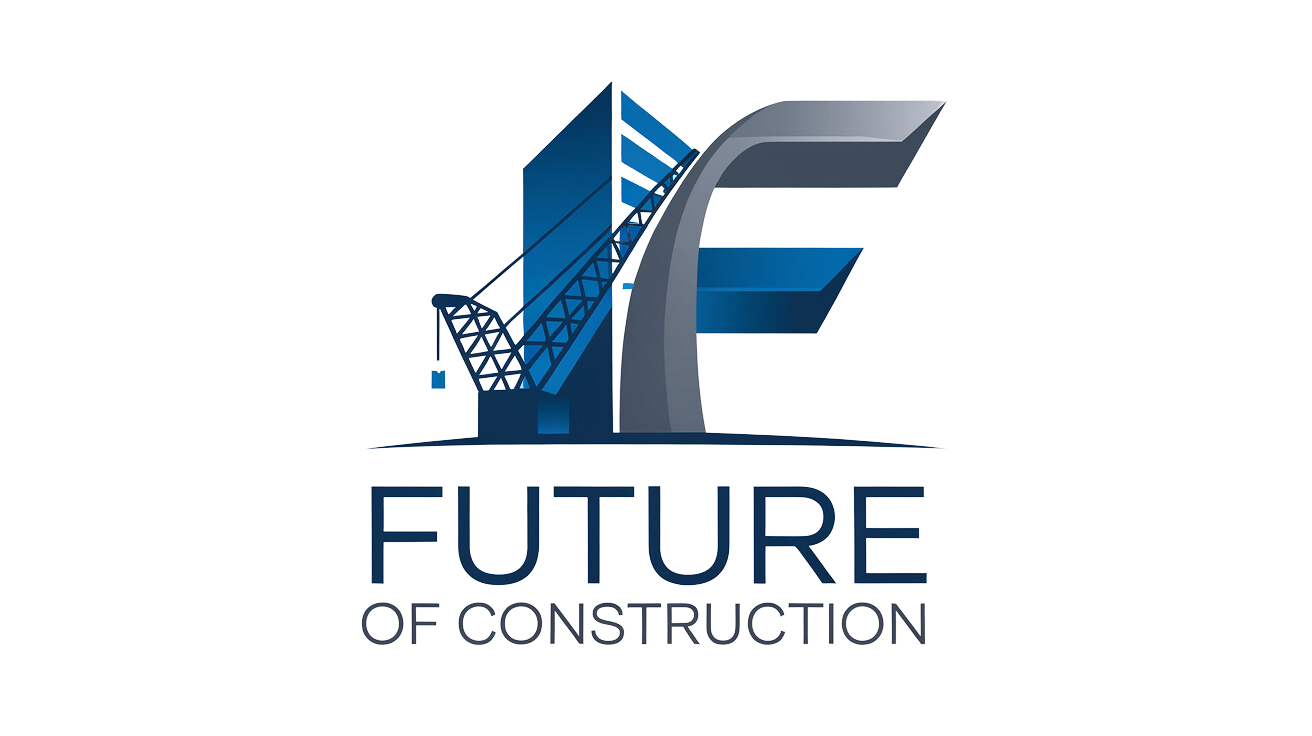The engineering and construction (E&C) industry, a global economic powerhouse with revenues of nearly $10 trillion annually, has traditionally been slow to adopt new technologies. Despite its foundational role in infrastructure and development across all sectors, the industry has lagged behind in productivity gains and modernization. While lean processes have been introduced, their full potential remains untapped, especially when managing complex megaprojects.
However, digitalization is poised to revolutionize E&C. Technologies like sensors, intelligent machines, mobile devices, and building information modeling (BIM) platforms are increasingly being integrated, bringing substantial productivity, efficiency, and safety improvements. BIM, as a digital platform, enables real-time collaboration across project stakeholders, making it possible to simulate, track, and adjust designs before physical construction begins.
In comparison to industries like automotive, which have fully embraced digital transformation, E&C is only beginning its journey. Yet, given the industry’s size, even minor technological improvements could yield significant financial savings and efficiencies. Full-scale digitalization in nonresidential construction alone is projected to save $0.7 trillion to $1.2 trillion annually in construction and $0.3 trillion to $0.5 trillion in operations within the next decade.
The transformation involves various advanced technologies, including:
1. 3D Printing and Additive Manufacturing: These allow the creation of large-scale building components with precision and reduced material waste.
2. Drones and 3D Scanning: Used for surveying and quality assurance, they help monitor projects in real time, providing high levels of accuracy and safety.
3. Robotics and Automated Equipment: Robots can now undertake complex construction tasks autonomously, reducing labor costs and increasing site safety.
4. Big Data and Analytics: Leveraging large datasets enhances predictive maintenance, optimizes design, and facilitates real-time decision-making.
5. Augmented Reality (AR) and Virtual Reality (VR): These immersive tools aid in design simulations, providing project teams and clients with realistic previews of completed structures.Digital transformation will have a ripple effect across all stages of construction, from design to demolition. In the design phase, for example, BIM allows architects and engineers to collaborate on complex models, identifying potential issues before construction begins. During construction, real-time data sharing and integration streamline coordination, while the operations phase benefits from smart monitoring systems and predictive maintenance capabilities.
Ultimately, the integration of digital tools in E&C will reshape the competitive landscape, providing advantages to firms and regions that adopt these technologies early. By embracing digital advancements, the E&C sector can finally keep pace with other industries, leading to safer, more efficient, and more sustainable construction projects. This shift not only promises growth for E&C companies but also offers significant societal benefits through improved infrastructure and reduced environmental impact.
